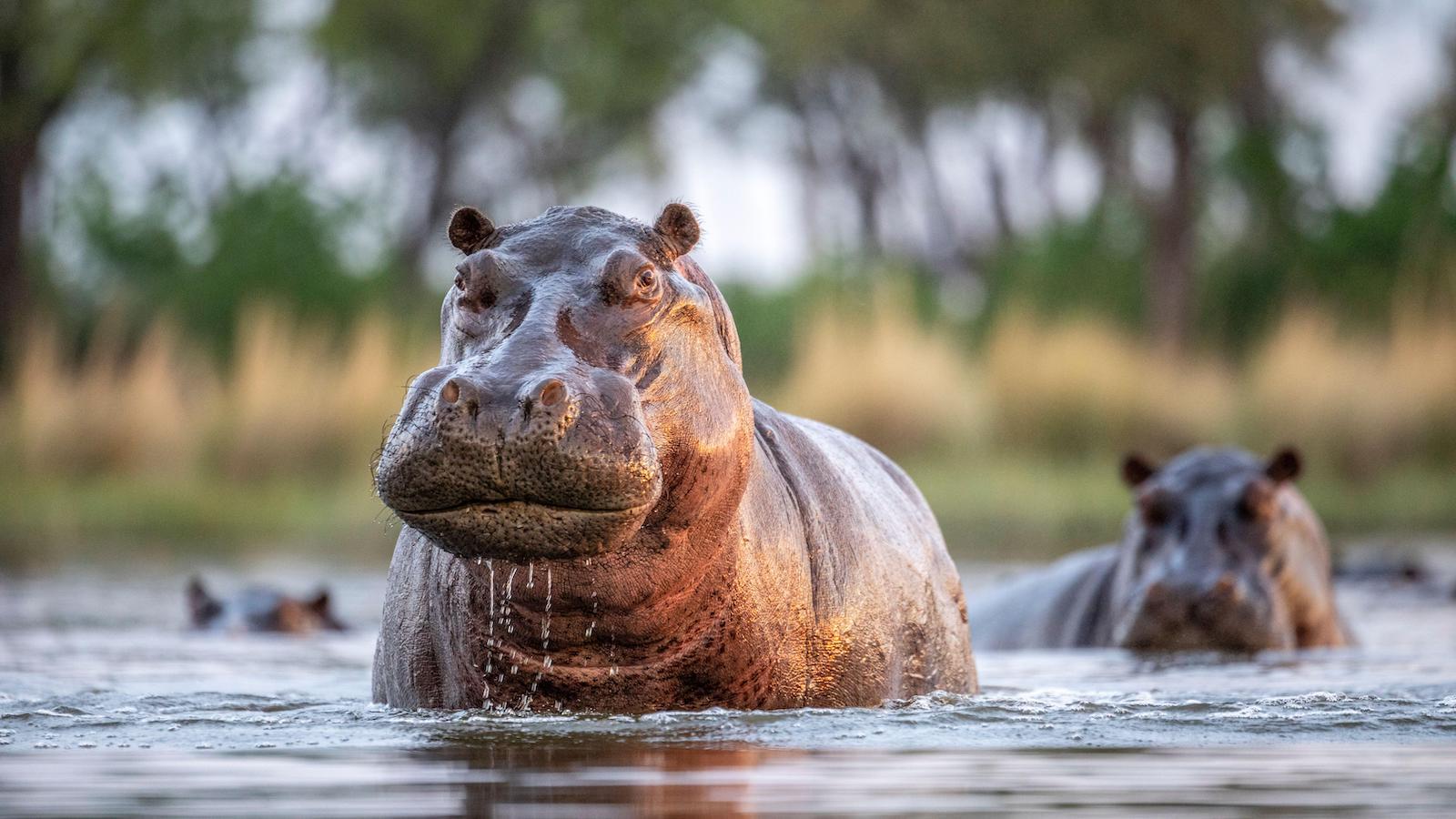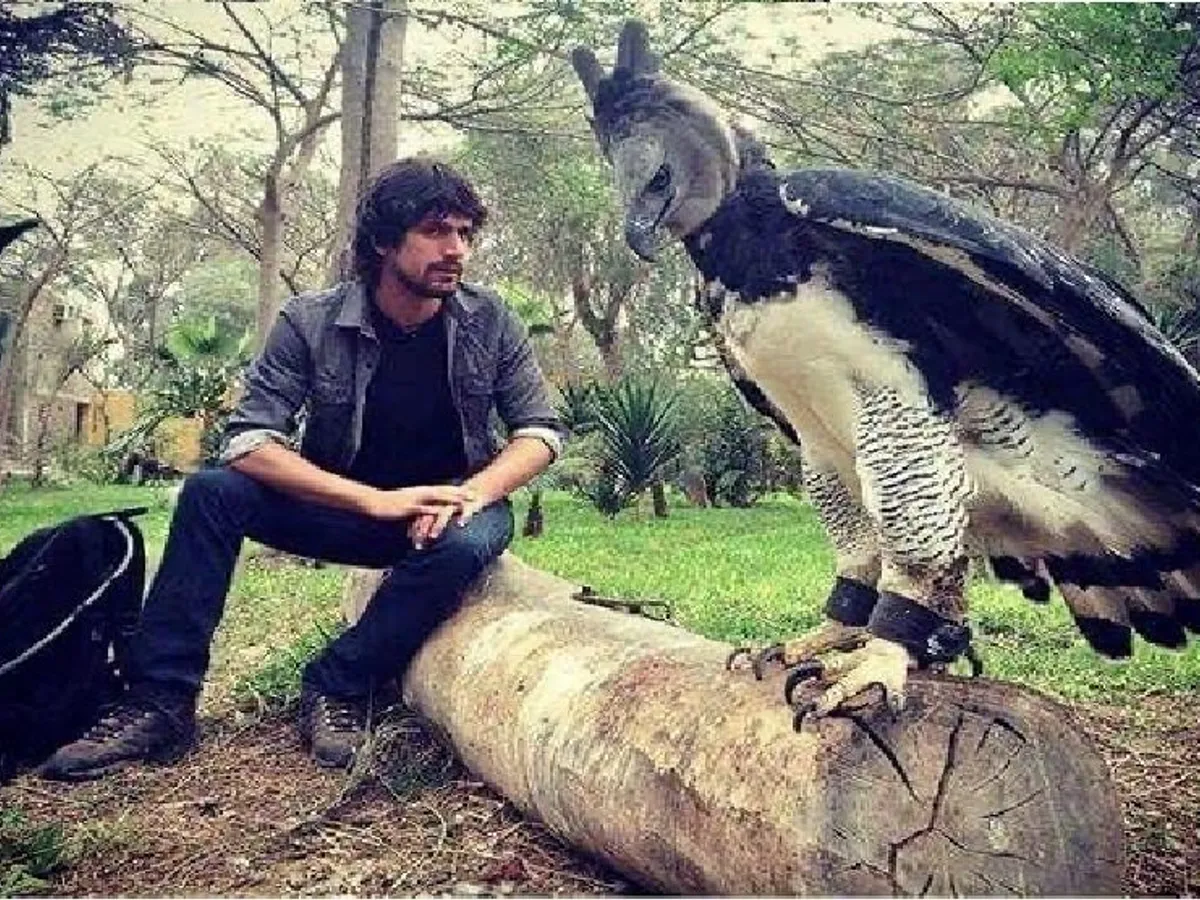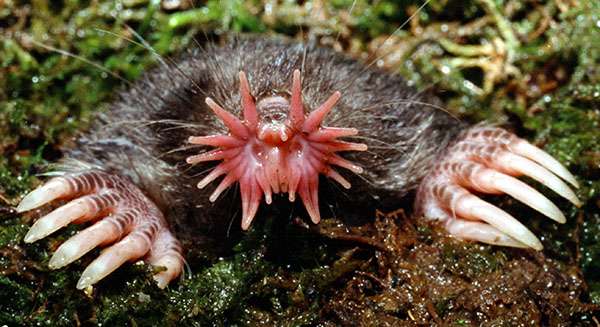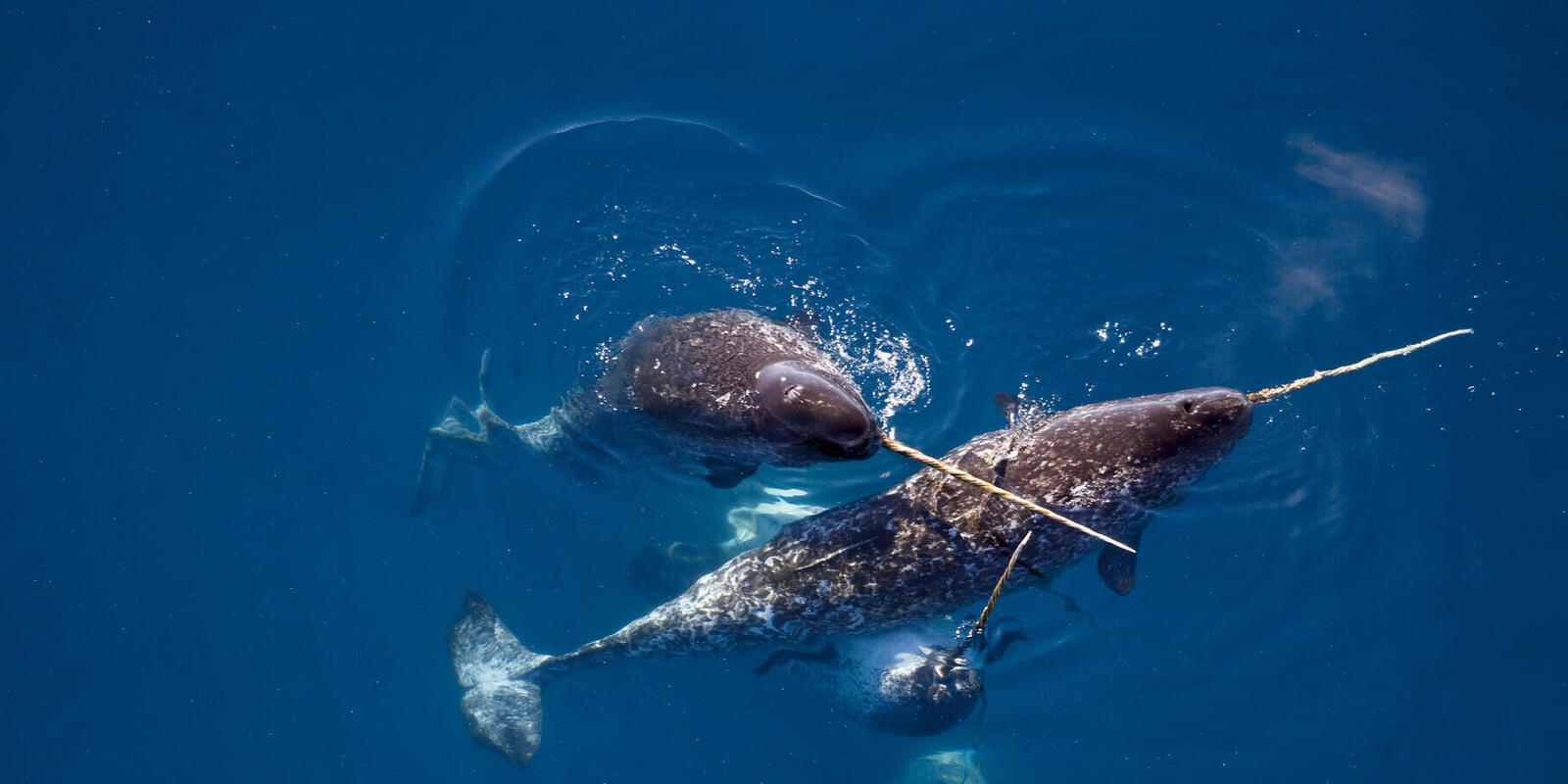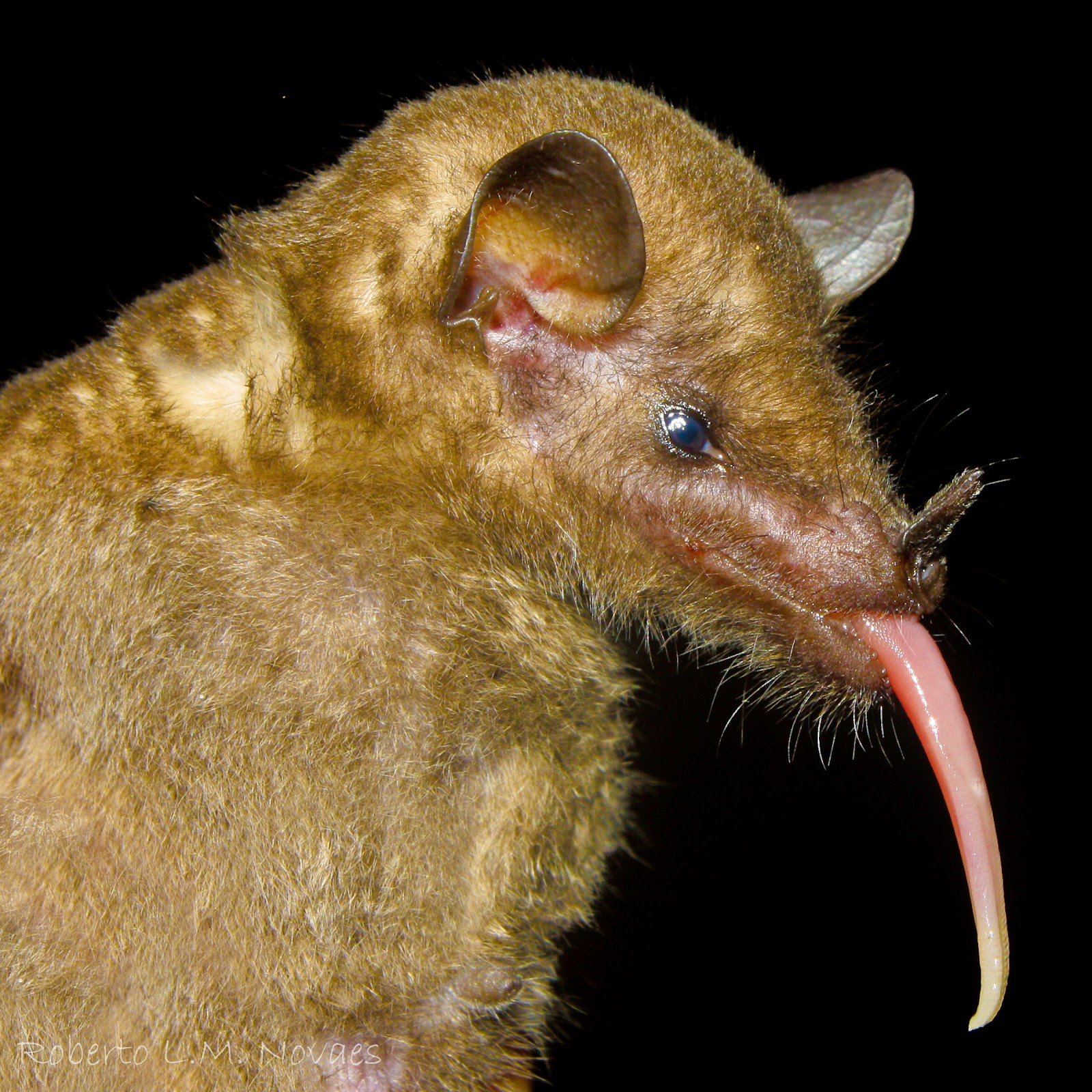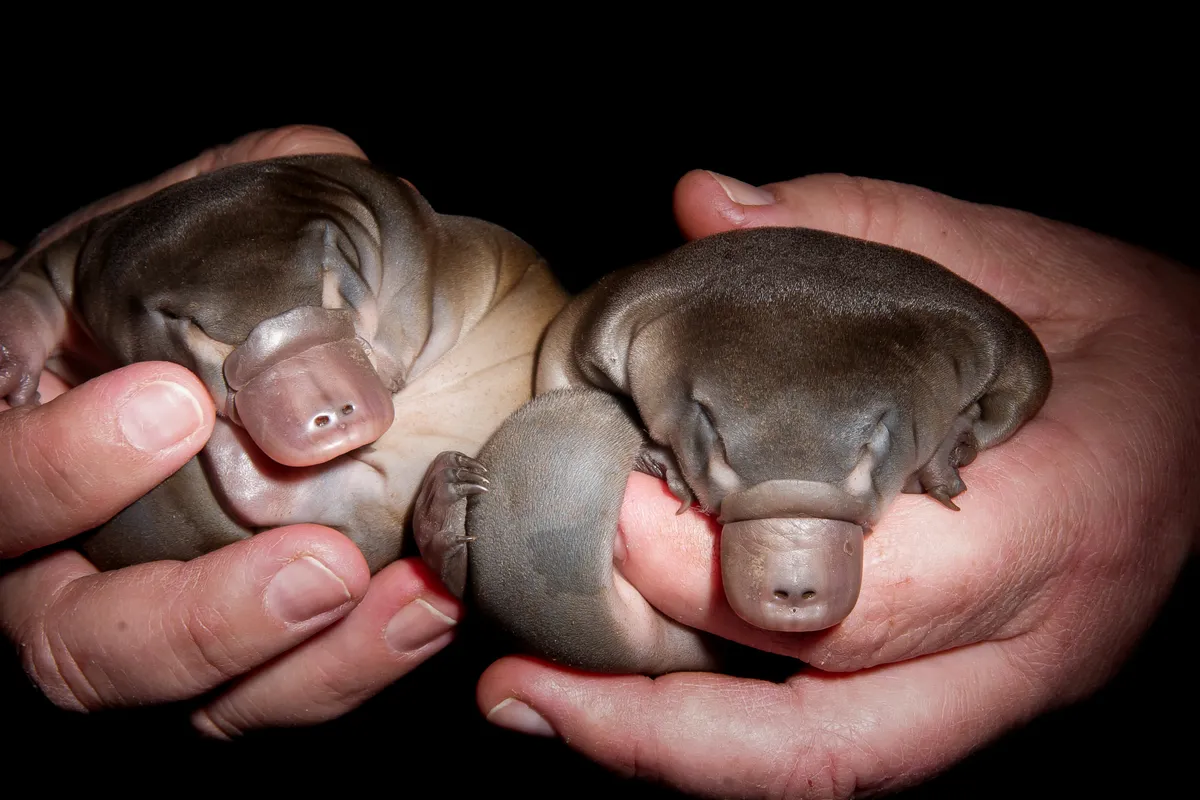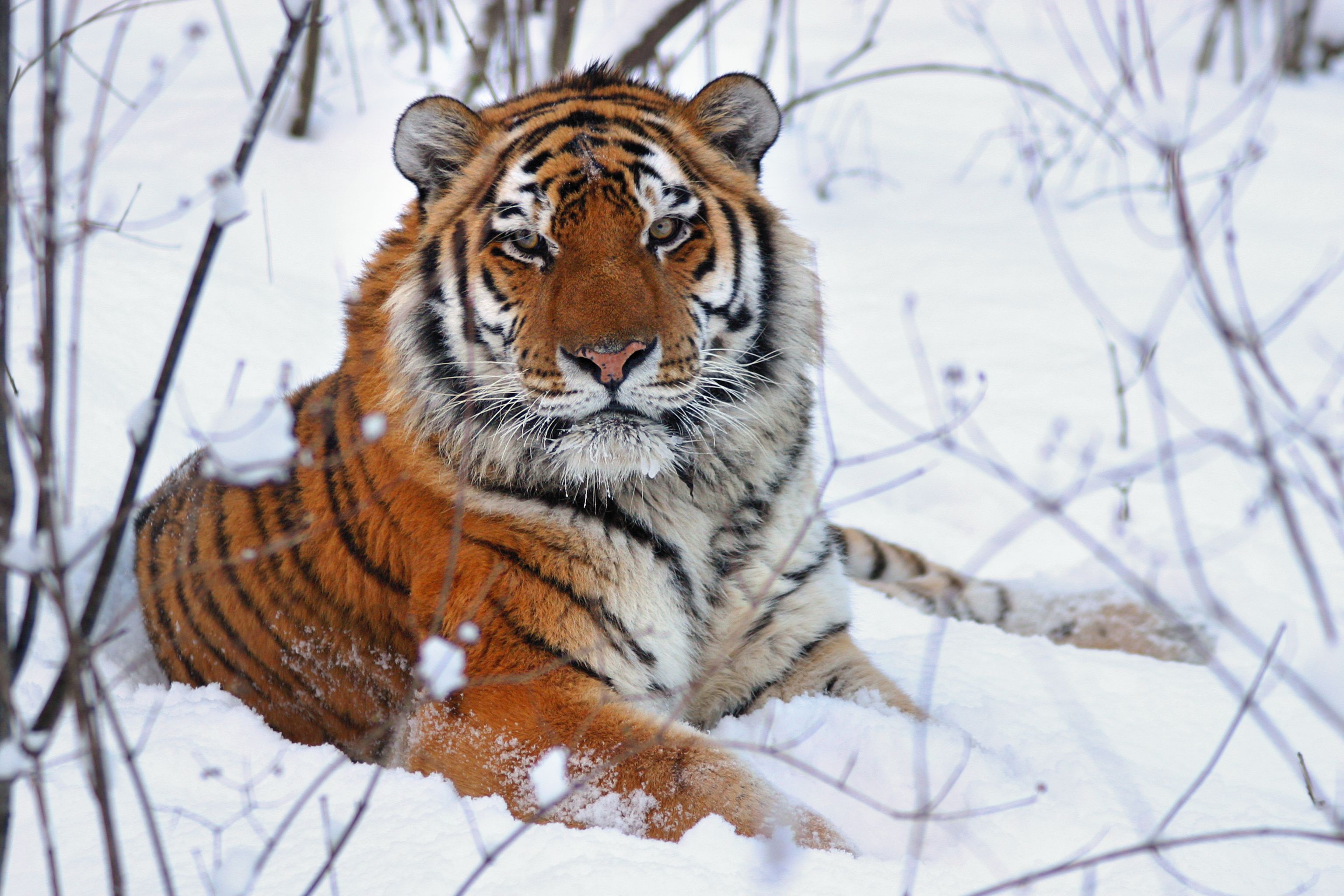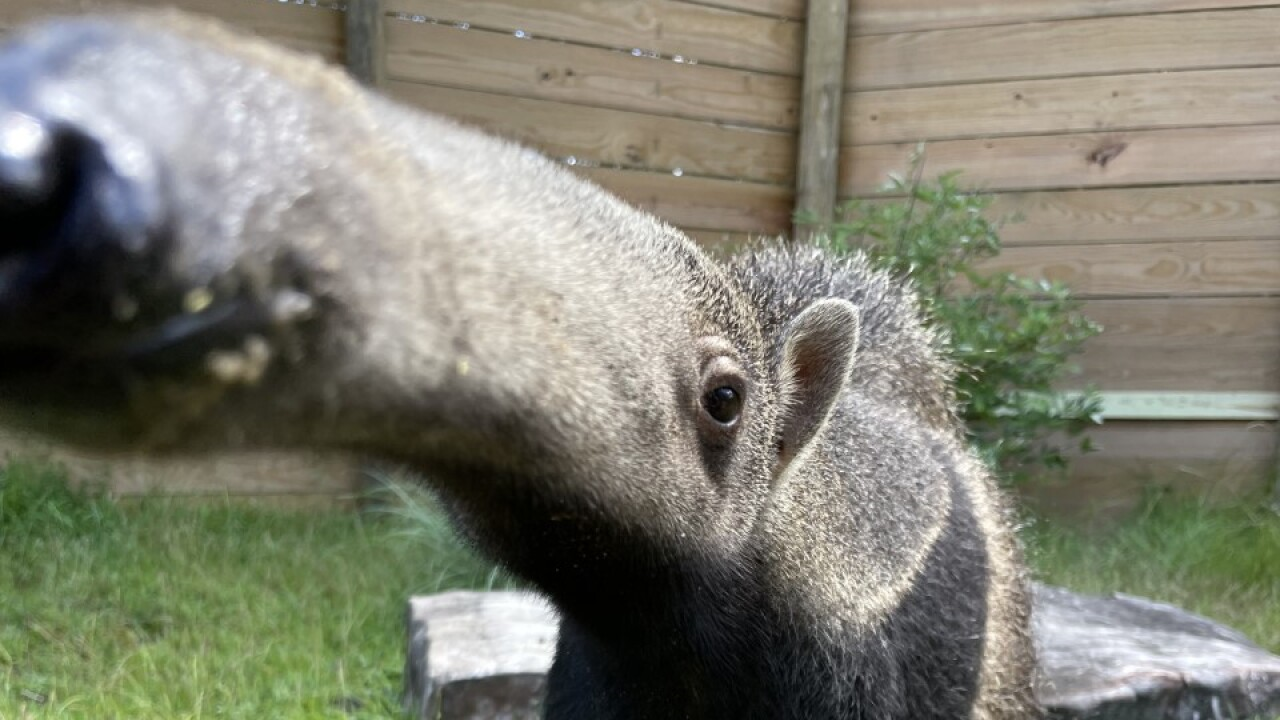
Certainly! Here are some interesting facts about anteaters:
-
Specialized Diet:
- Anteaters are insectivorous mammals that primarily feed on ants and termites. Their long snouts and tongues are specially adapted for extracting insects from anthills and termite mounds.
-
Tongue Length:
- The tongue of an anteater can extend up to two feet (61 cm) or more. It is covered in tiny, backward-facing spines that help capture and secure the insects it feeds on.
- Related: 10 animals with the most interesting lips
-
No Teeth:
- Anteaters lack teeth. Instead, they use their strong claws to tear open ant and termite nests, and their specialized tongue efficiently extracts insects for consumption.
-
Variety of Species:
- There are four species of anteaters: the giant anteater, the silky anteater, the southern tamandua, and the northern tamandua. The giant anteater is the largest and most well-known species.
-
Giant Anteater Size:
- The giant anteater (Myrmecophaga tridactyla) is the largest of the anteater species. Adult giant anteaters can reach lengths of 6 to 8 feet (1.8 to 2.4 meters) from the tip of their snout to the end of their tail.
-
Nocturnal and Solitary:
- Anteaters are primarily nocturnal, being more active during the night. They are often solitary animals, and individuals may have large home ranges to find enough food.
-
Excellent Sense of Smell:
- Anteaters have an excellent sense of smell, which helps them locate ant and termite colonies. Their keen sense of smell, combined with strong claws and long tongues, makes them efficient insect hunters.
-
Efficient Eaters:
- Giant anteaters can consume up to 30,000 ants or termites in a single day. Their diet is highly specialized, and they play a vital role in controlling insect populations.
-
Unique Walk:
- Anteaters have a distinctive way of walking known as the "two-pole gait." They walk on their knuckles with their claws curled up to avoid wearing them down, creating a distinctive and efficient mode of movement.
-
Threats and Conservation:
- Anteaters face threats such as habitat loss, road mortality, and illegal wildlife trade. Conservation efforts are in place to protect their natural habitats and raise awareness about the importance of preserving these unique mammals.
-
Defense Mechanism:
- In the wild, anteaters are typically non-aggressive, but when threatened, they may rear up on their hind legs and use their powerful forelimbs and claws for defense. They can be formidable opponents against predators such as jaguars or pumas.
Anteaters are remarkable creatures with specialized adaptations for their insect-rich diet, and their unique appearance and behaviors make them a subject of interest in the animal kingdom.
